Strategies for Incorporating Fire-Resistant Materials Into Your Home
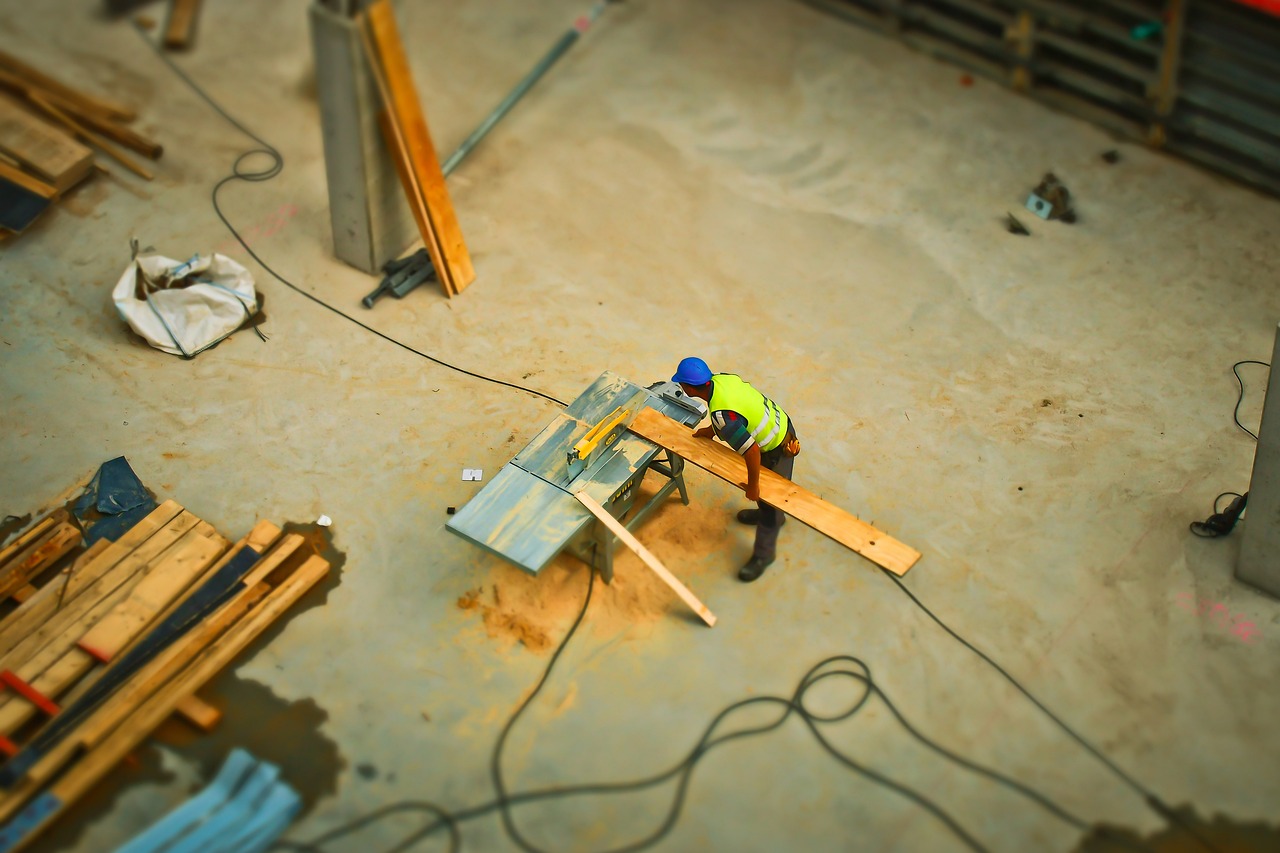
When it comes to home safety, fire resilience should be at the top of your priority list. With wildfires becoming more common and construction materials evolving, homeowners have unique opportunities to protect their properties without sacrificing style. Imagine a home that not only looks beautiful but also stands strong against flames. Choosing the right fire-resistant materials can enhance your home’s durability while ensuring peace of mind for you and your loved ones. However, if your house has been recently burned and you plan on selling fire damaged home, you should find a company that buys fire damaged houses fast with cash. Now, let’s explore some effective strategies for incorporating these vital features into your living space. Your dream home can be both stunning and safe.
Choose Fire-Resistant Siding
Choosing fire-resistant siding is a smart move for any homeowner looking to enhance safety. Various materials are available, each offering unique benefits. Fiber-cement siding stands out as one of the best options. It’s made from a mix of cement, sand, and cellulose fibers, making it incredibly durable and flame-resistant. Its aesthetic appeal can mimic wood or stucco without compromising on protection. Another option is metal siding, which offers excellent resistance to heat and flames. It’s low-maintenance and can withstand harsh weather conditions, too.
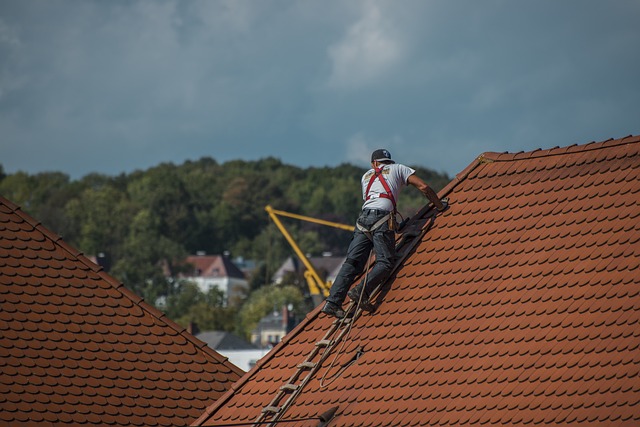
Install Class A Roofing
When it comes to roofing, Class A materials stand out for their fire resistance. They offer superior protection against flames and embers, making them an ideal choice in fire-prone areas. Options like fiberglass asphalt shingles or metal roofs often fall into this category. Each provides durability while enhancing the overall safety of your home. Not only does Class A roofing shield you from potential threats, but it can also improve energy efficiency. Many of these materials reflect heat away during summer months, keeping your home cooler.
Use Non-Combustible Decking
When it comes to outdoor spaces, safety should never take a back seat. Non-combustible decking is a smart choice for homeowners looking to minimize fire risks. This type of decking material resists ignition and flames, making it an excellent option for areas prone to wildfires or other heat sources. Materials like composite plastics or metal can stand up against intense heat without succumbing to combustion. Beyond its protective benefits, non-combustible decking offers versatility in design. You can find various styles that mimic the look of traditional wood while providing superior safety. This means you don’t have to sacrifice aesthetics for security.
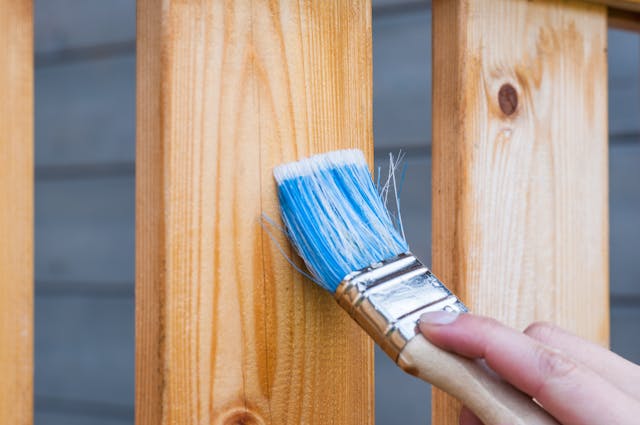
Utilize Fire-Retardant Treated Wood
Fire-retardant treated wood is an excellent choice for enhancing safety in your home. This specially processed material resists ignition and slows down the spread of flames. When selecting wood for construction, consider using fire-retardant varieties for structural elements like beams or framing. These treatments can significantly improve your home’s resilience against wildfires and other fire-related incidents. Beyond safety, this type of wood maintains aesthetic appeal. It can be stained or painted just like traditional lumber, allowing you to achieve your desired look without compromising on protection.
When it comes to protecting your home, incorporating fire-resistant materials is a smart investment. These choices safeguard your property and enhance its overall value and appeal. By selecting fire-resistant siding, installing Class A roofing, using non-combustible decking, and utilizing fire-retardant-treated wood, you can create a safer living environment for yourself and your family. Embrace these strategies today to build a resilient home that stands strong against fires. Your future self may thank you for your foresight in safeguarding what matters most.…

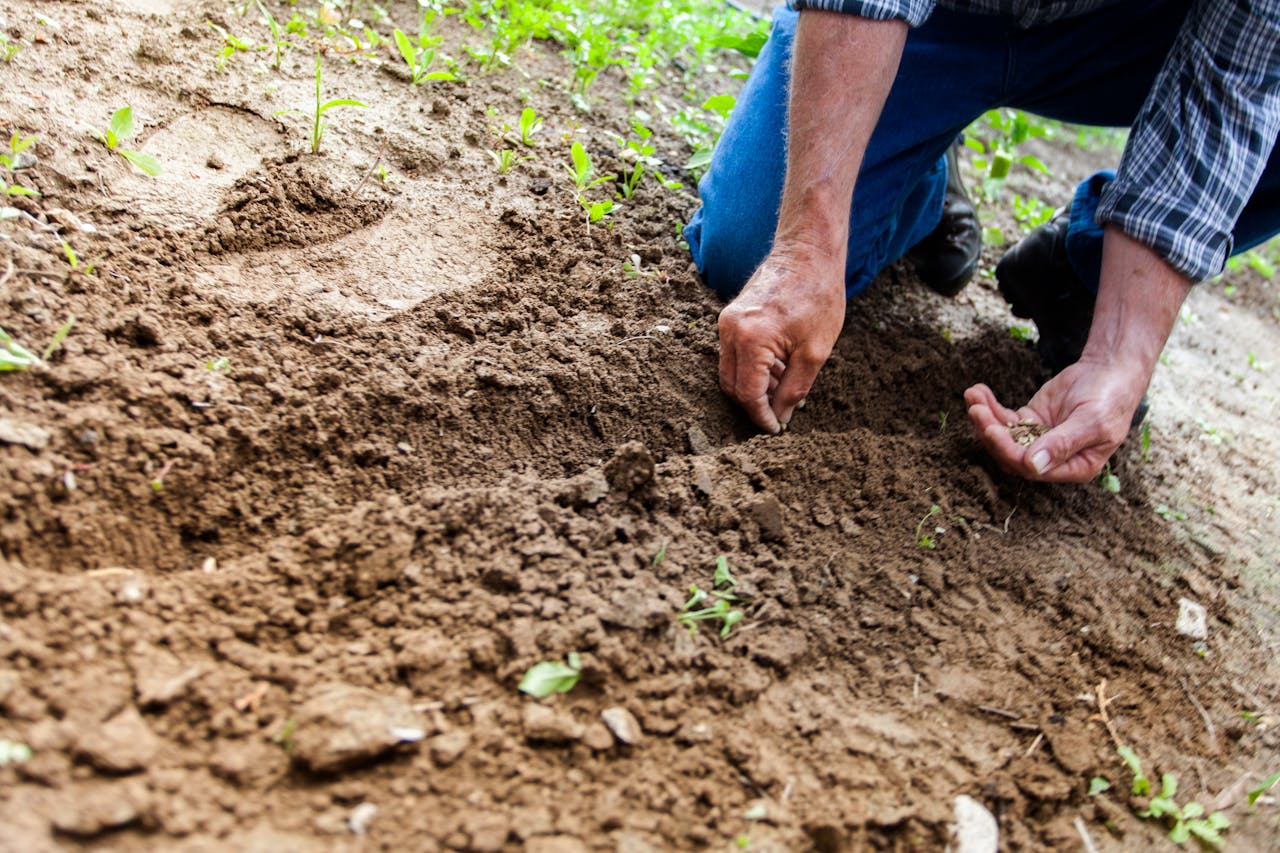
 Before diving into the world of seasonal gardening, get to know your local climate intimately. Recognize the average frost dates, temperature fluctuations, and the unique characteristics of each season in your region. You can also consider soil testing with meters or kits to gain insights into your soil’s composition and nutrient levels.
Before diving into the world of seasonal gardening, get to know your local climate intimately. Recognize the average frost dates, temperature fluctuations, and the unique characteristics of each season in your region. You can also consider soil testing with meters or kits to gain insights into your soil’s composition and nutrient levels.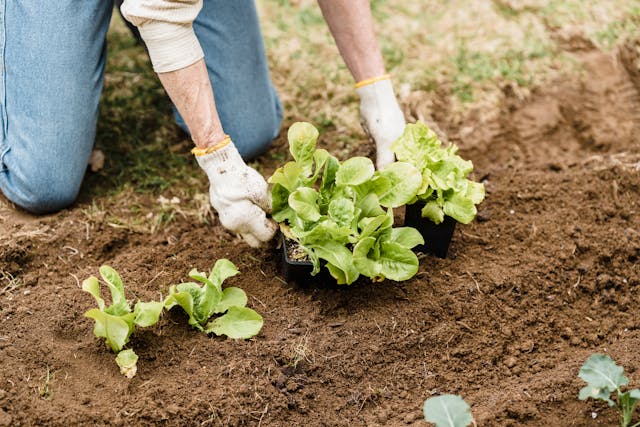
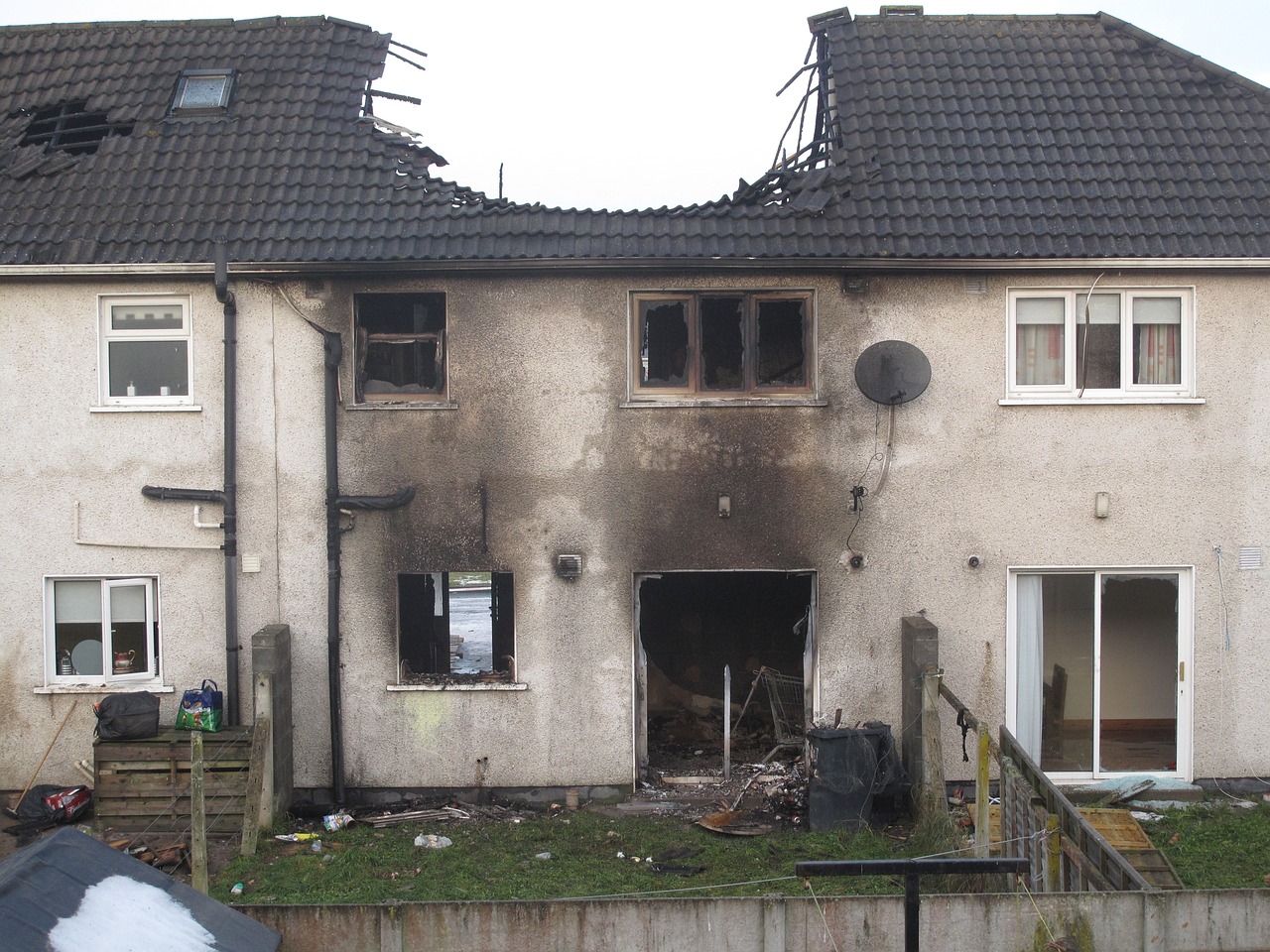
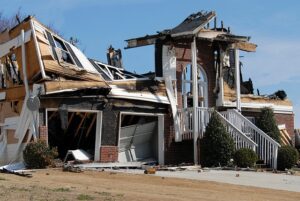 When a fire ravages through a property, it can weaken the foundation, compromise load-bearing walls, and cause widespread destruction. Potential buyers are understandably concerned about the safety and stability of a home with such issues. Structural damage may include cracked or crumbling walls, sagging ceilings or floors, and compromised support beams.
When a fire ravages through a property, it can weaken the foundation, compromise load-bearing walls, and cause widespread destruction. Potential buyers are understandably concerned about the safety and stability of a home with such issues. Structural damage may include cracked or crumbling walls, sagging ceilings or floors, and compromised support beams.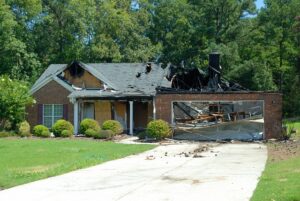 Aside from those three, electrical issues can also occur, and these become a serious concern that potential buyers will not take lightly. When a
Aside from those three, electrical issues can also occur, and these become a serious concern that potential buyers will not take lightly. When a